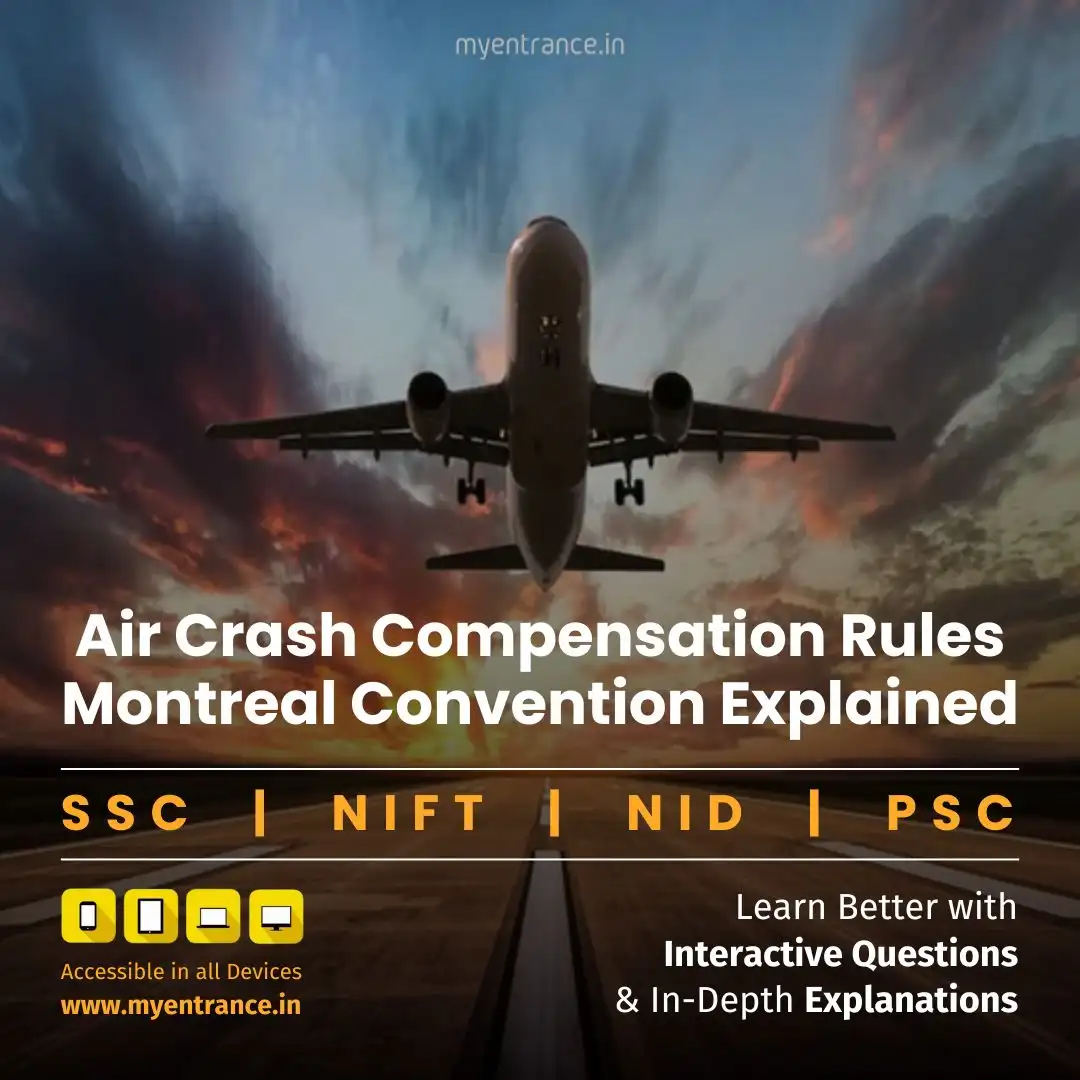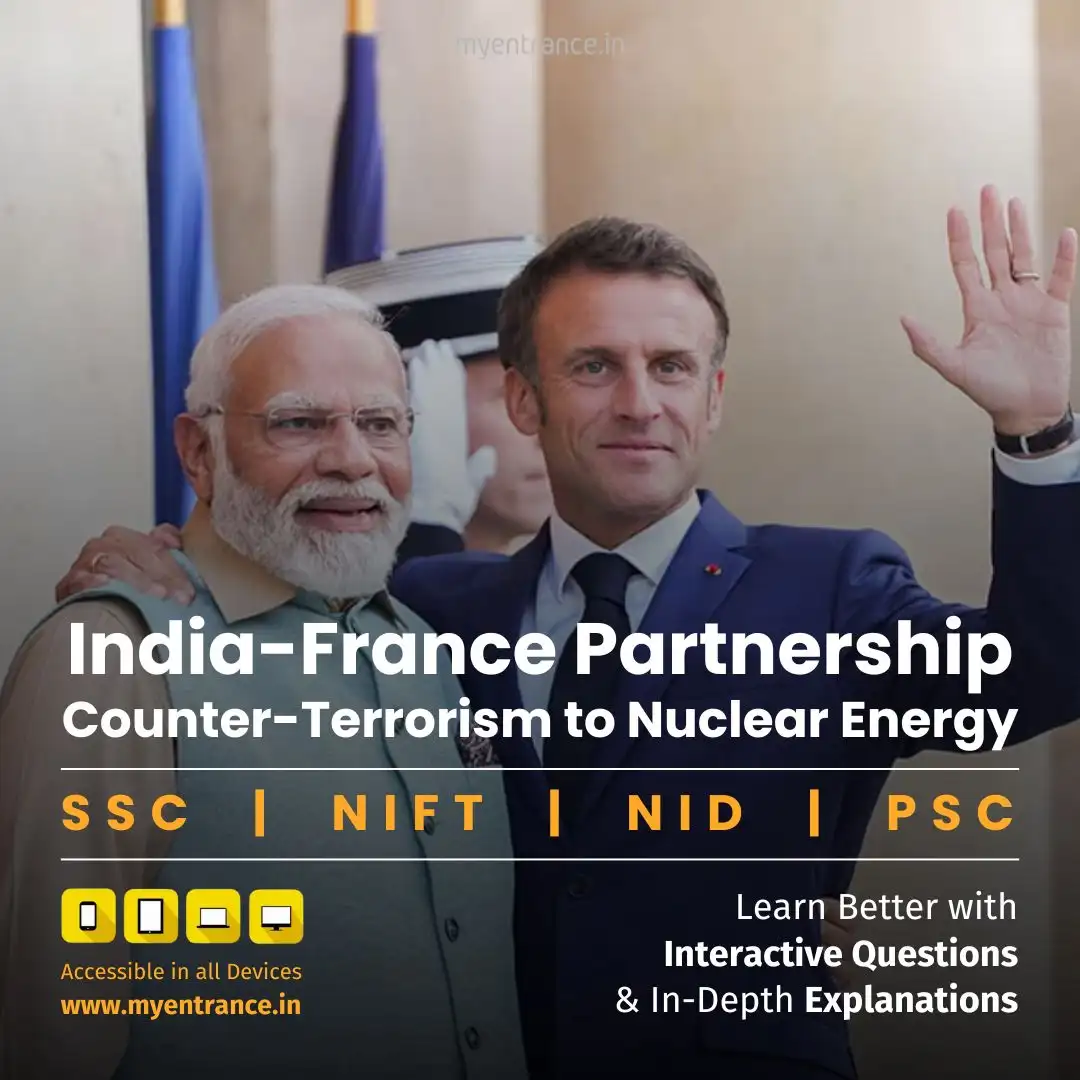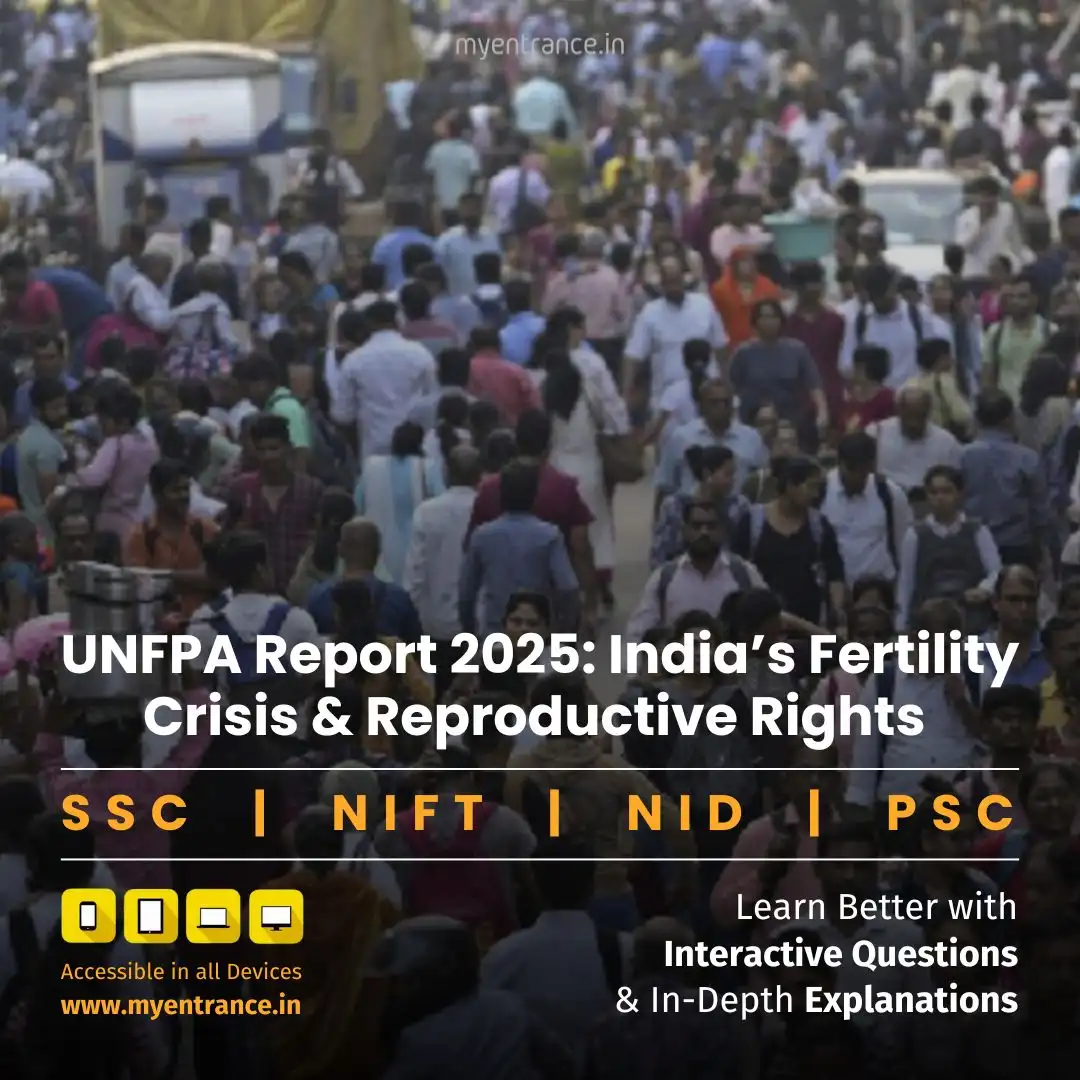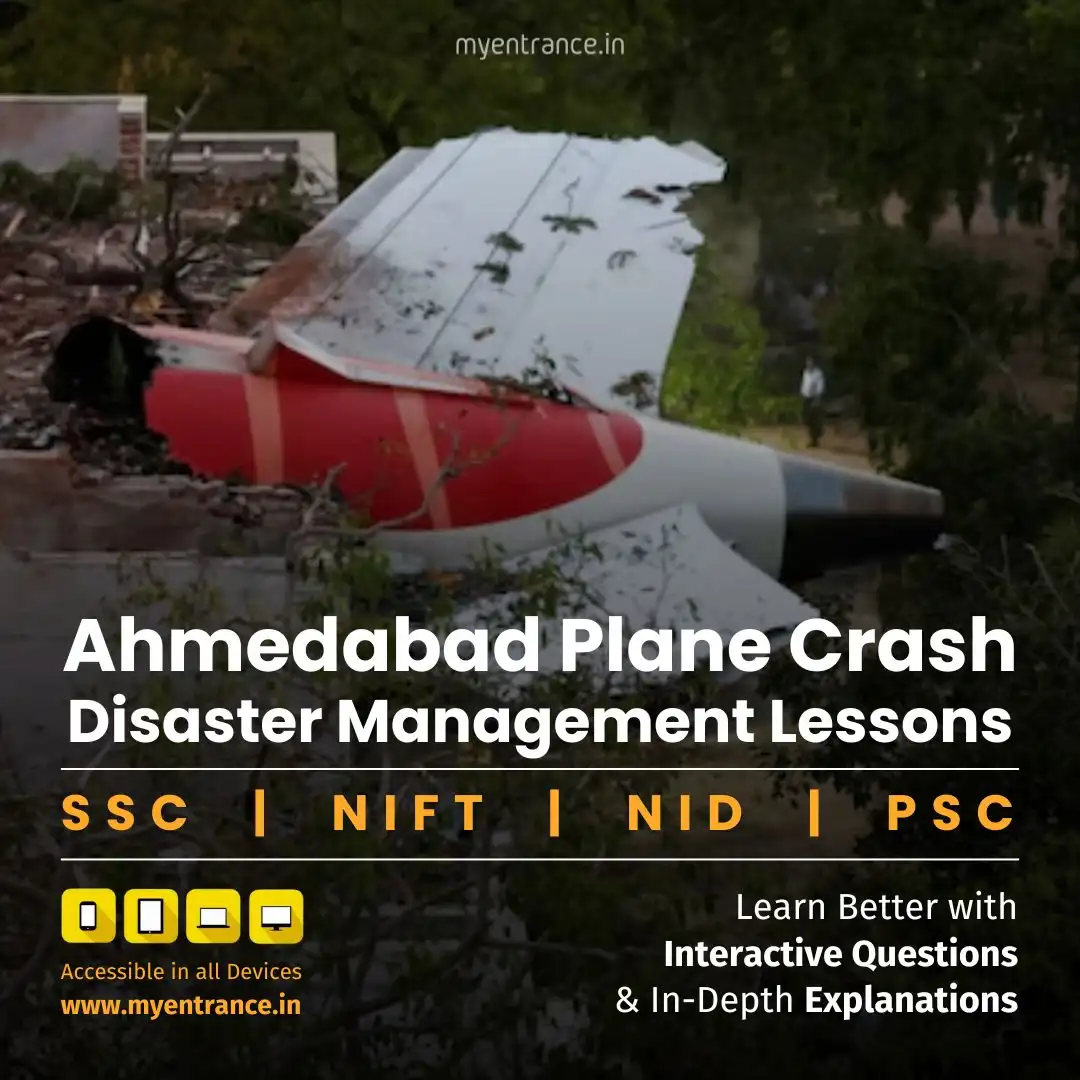Select Language
Air Crash Compensation Rules: Montreal Convention Explained for Exams
The Montreal Convention sets global rules for airline liability in passenger injuries, deaths, or delays. With UPSC’s focus on UN conventions, understanding its framework—triggered by recent air disasters—is crucial for International Relations prep.
Why the Montreal Convention Matters
The June 2025 Air India crash in Ahmedabad—which killed 242 people—spotlights the Montreal Convention 1999 (MC99). This treaty, governed by the International Civil Aviation Organization (ICAO), mandates compensation for victims’ families. Here’s what UPSC aspirants must know:
Key Features of the Montreal Convention
Strict Liability: Airlines must pay up to 128,821 SDRs (≈₹1.5 crore) per passenger for death/injury, even without proof of negligence.
Global Uniformity: Replaced the outdated Warsaw Convention, creating a single framework for international flights.
Special Drawing Rights (SDRs): Compensation is calculated in the IMF’s SDRs, converted to local currency at the time of settlement.
India’s Adoption: Ratified in 2009 via the Carriage by Air (Amendment) Act. Makes Air India legally bound to pay ₹1.5 crore per victim in the 2025 crash.
UPSC Focus: Article 23 mandates SDR-based payouts, linking economics to international law.
Beyond Compensation: CORSIA & Sustainable Aviation
The Ahmedabad crash also exposed aviation fuel safety and emissions challenges:
CORSIA: ICAO’s Carbon Offsetting Scheme requires airlines to offset CO₂ emissions above 2020 levels from 2027.
India’s SAF Push: Developing Sustainable Aviation Fuel (SAF) blends to cut emissions from ATF (aviation turbine fuel), which caused intense fires in the crash.
Why This Matters for UPSC
MC99 is a critical ICAO treaty—questions often target UN agencies and conventions.
Connects to environmental governance (CORSIA) and disaster management.
Recent cases (like Air India) illustrate treaty applications in real-world crises.
Sample Q&A for UPSC Prep
Q: How does the Montreal Convention 1999 enhance passenger rights compared to the Warsaw Convention?
A: It imposes strict liability (no fault required) and mandates higher compensation ceilings (up to 128,821 SDRs).
Q: When did India ratify the Montreal Convention?
A: 2009, via the Carriage by Air (Amendment) Act.
Q: What role do SDRs play in air crash compensation under MC99?
A: SDRs (IMF’s currency basket) standardize payouts globally; converted to local currency during settlement.
Q: How does CORSIA aim to reduce aviation emissions?
A: By forcing airlines to offset CO₂ growth beyond 2020 levels via carbon credits or SAF adoption.
Q: What is the link between ICAO and the Montreal Convention?
A: ICAO drafted MC99 to unify global aviation liability rules, reflecting its role as a UN specialized agency.
Most Predicted Questions
Comprehensive study materials, Expert-guided tips & tricks, Mock tests and instant results.
Start your SSC, NIFT, NID, FDDI, PSC journey today with MyEntrance, your ultimate online coaching platform.







